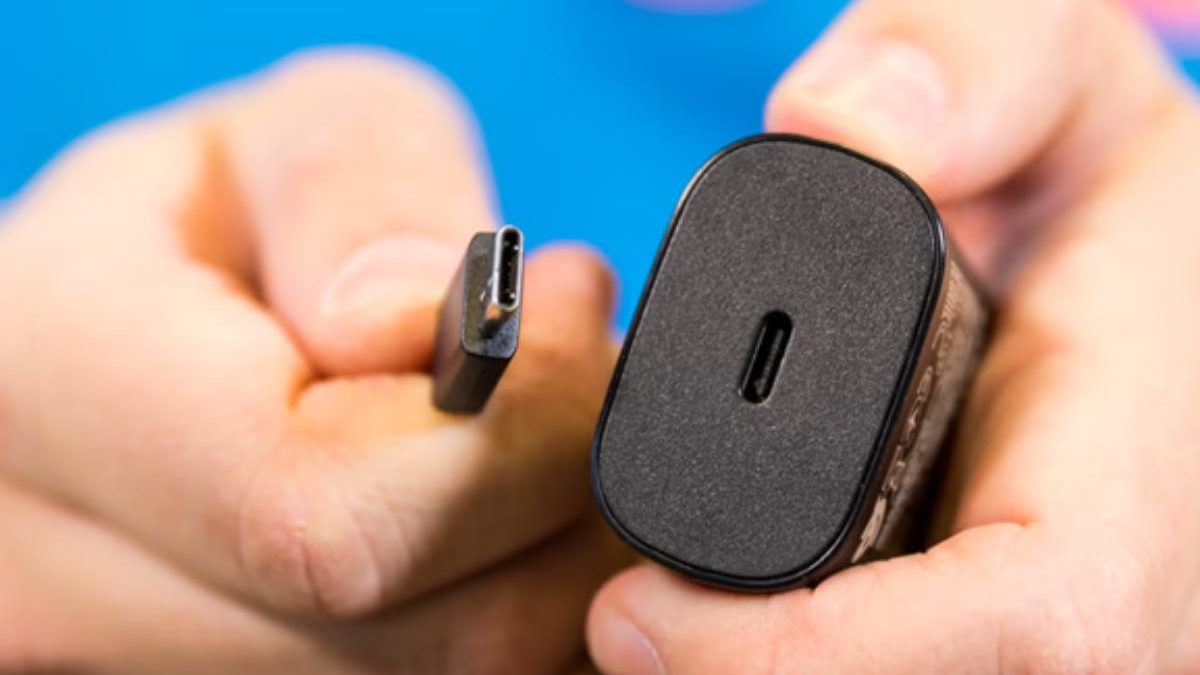Ever found yourself stuck with a lifeless Samsung tablet just when you needed it most? We’ve all been there, glancing anxiously at the battery icon, wishing for a speedier charge.
Uncover the truth about how long it REALLY takes to power up your device and dive into a world where low battery anxiety is a thing of the past.
What is the charging time for Samsung tablets? Let’s find out together!
How long does it take to charge a Samsung Tablet? Average Charging Times
Table of Contents
Rapid Charging:
With Samsung’s “Rapid Charging” or “Fast Charging” feature, you can reduce tablet charging times to 2-3 hours.
Standard Charging:
On average, it may take around 4 to 6 hours to charge your Samsung tablet to 100%.
Some of the charging time examples are given below:
| Device | Included Charger | Time to Charge (with 15W fast charger) | Time to Charge (with included charger) |
| Tab S8 | No | 2.5 hours | – |
| Tab S7 FE / S7 Plus | Yes | 3 hours | 3 hours |
| Tab S7 | Yes | 2.5 hours | 2.5 hours |
| Tab A8 / Tab A7 | Yes. | 4 hours | 2 hours |
Factors Affecting the Speed of Your Samsung Tablet Charging
Battery Capacity:
A device’s battery capacity, usually expressed in milliampere hours (mAh), affects its charging time directly.
Keeping the power supply constant makes it take longer for a large battery to fully charge. Connecting a device with a larger battery to the same charger and cable as a device with a smaller battery will generally result in the battery taking longer to charge.
Power Output:
Watts (W) are used to measure the power that a charger can deliver. High-wattage chargers can shorten charging times.
Compared to a lower-wattage standard charger, a 15W fast charger is more efficient.
Cable Quality:
There are different types of charging cables. Faster charging speeds are enabled by high-quality cables due to their ability to handle higher currents. High-wattage chargers may take longer to charge when cables of low quality cannot handle the full power output.
State of Charge (SoC):
The charging speed can also vary based on the battery’s current charge state. The charging process usually slows down as the battery nears full capacity.
The Samsung tablet battery, for example, uses charging algorithms that decrease the charging rate when it approaches full capacity to prevent overcharging.
Temperature:
Batteries can be impacted by extreme temperatures, whether hot or cold. Excessive heat can be harmful to batteries and can cause the device to limit the charging speed to prevent overheating.
Conversely, charging in very cold conditions can also slow down the charging process due to reduced battery efficiency.
Other Loads in Use:
If you are engaging in activities that consume a lot of power on your device while it is being charged, such as streaming videos, playing games or using GPS navigation, it can cause the charging process to slow down.
This happens because some of the power from the charger is diverted towards running the device’s ongoing functions, instead of solely focusing on charging the battery.
Charging Algorithm:
A charging algorithm is a system used by devices to manage power intake during charging. Its goal is to optimize charging speed and battery health.
Common quick charging methods involve a rapid initial charge followed by slower charging as the battery approaches full capacity.
This approach aims to avoid overcharging and excessive heat, which could lead to battery deterioration if not monitored. It involves carefully managing power to ensure your device is charged efficiently while maintaining the long-term health of your battery.
Charging tablet with a Broken Port:
If you are charging a tablet with a broken port it can drastically affect the charging speed of your Samsung tablet. The location where your device interfaces with the charger, the charging port, can experience wear and tear over time. This could be a result of factors like hasty insertion or removal of the cable, moisture infiltration, or even a buildup of tiny particles within the port.
A compromised charging port could inhibit the smooth relay of power from the charger to the device, impeding the charging speed substantially.
More extreme cases of port damage could even reach the point where charging is completely obstructed. This emphasizes the need for delicate handling and routine cleaning of the port to maintain its functionality and, by extension, your device’s charging efficiency.
Regular cleaning and gentle handling of the charging port can help prolong its lifespan. If the port is already damaged, you might need to have it repaired or replaced to restore normal charging speed.
Tips to Speed Up the Charging Process
Use the Original Charger:
Chargers are specifically designed for the devices they come with, taking into account the device’s power requirements and battery characteristics. They’re calibrated for optimal charging speed and battery longevity.
The usage of alternate chargers, other than the one that was originally paired with your device, might not yield the desired performance level. Different chargers possess varying power outputs; if a charger with lower output is used, it may lead to sluggish charging speed, slowing down the energy restoration process for your device.
Conversely, a charger with too high of power output could potentially harm your device’s battery. Therefore, whenever feasible, it’s strongly recommended to opt for the charger that accompanied your device at the time of purchase.
This not only ensures compatibility but also maintains the best possible charging efficiency for your device.
Enable Airplane Mode:
It’s a quiet interlude, a pause from the constant hum of digital communication, yet one that can significantly enhance your device’s charging efficiency.
You should bear in mind that this silence extends to all your device’s internet-based activities – incoming calls, messages, and notifications, all will go unnoticed during this period.
This can significantly reduce the amount of power your device uses, as these functions can consume considerable amounts of energy. With less power being drawn for these functions, more can be directed towards charging the battery, speeding up the process.
When activated, the airplane mode feature found in the majority of smartphones and tablets brings about an immediate halt to all your device’s wireless connections, encompassing Wi-Fi, Bluetooth, and even mobile data.
Avoid Heavy Usage While Charging:
High-intensity activities like playing graphics-intensive games, running resource-demanding apps, or streaming video content can use a significant amount of power.
When you’re doing these things while your device is charging, part of the power supplied by the charger goes to maintaining these activities, rather than charging the battery.
The charging speed may be slowed as a result. Refraining from resource-intensive tasks on your tablet while it’s fueling up is a beneficial strategy. Your device’s battery will be able to be recharged with an undivided power supply from the charger.
Undistracted energy flow enhances your tablet’s ability to restore its power reserves, thus enhancing charging speed.
Keep Your Tablet Cool:
Battery performance can be significantly affected by temperature. Maintaining an optimal temperature range for your gadget is crucial during the charging phase. Temperature increases during charging can cause your device to regulate power intake, preventing potential damage to the battery or other components.
Consequently, the charging speed might decelerate, prolonging the duration to reach full capacity.
That’s why it’s vital to ensure your device remains in a relatively cool environment when connected to the charger. This assists in keeping the temperature in check, enabling consistent and swift charging, ultimately protecting the longevity of your device’s components.
Furthermore, if you happen to be in exceptionally warm surroundings, seek out a cooler location to charge your device. Should your device invariably generate excessive heat while charging, it could indicate an issue, prompting you to consider having it examined.
Related posts
Sidebar
Recent Posts
Engage Your Students With Typing Website – MonkeyType
Introduction Are you looking for a fun way to improve your students’ typing skills? Look no further than Monkeytype, the…
The Power of Loyalty Platforms: Driving Customer Retention
Are you struggling to keep customers coming back to your business? Discover the power of Yotpo’s loyalty platforms in driving…



